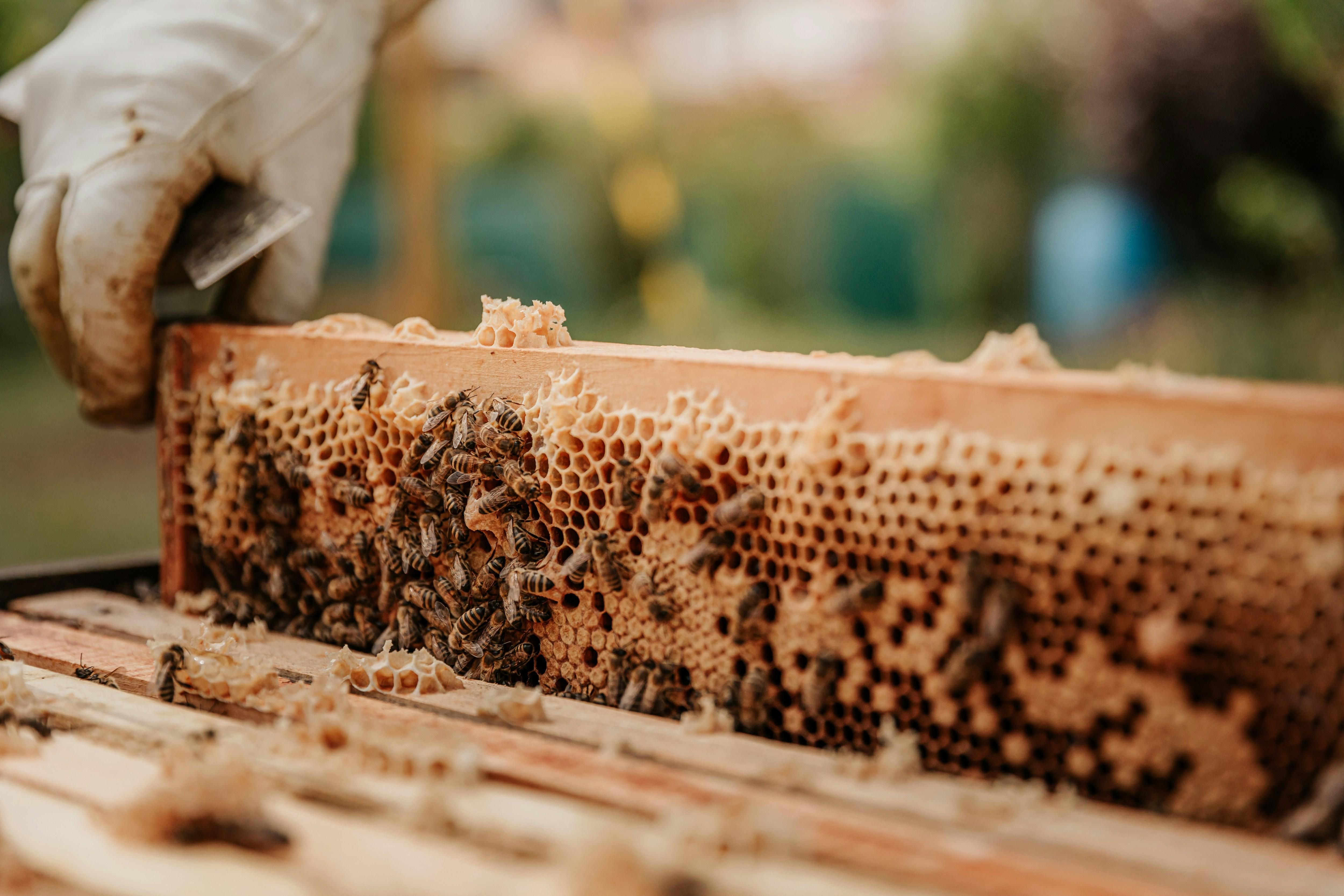Wooden Beehives and Thermal Beehives: Building the Perfect Home for Healthy Bees

Beekeeping begins with one essential element — the beehive. It’s more than just a wooden box; it’s the home, workplace, and protection zone for an entire bee colony. The type of hive you choose can directly influence the health, productivity, and longevity of your bees. Two of the most trusted types among beekeepers today are Wooden Beehives and Thermal Beehives. Both are designed with care, comfort, and colony stability in mind, yet they cater to different needs and environments.
Let’s explore what makes each type unique and why every beekeeper should understand their importance before setting up their first hive.
Wooden Beehives: Classic Craftsmanship and Natural Comfort
Wooden beehives have been the traditional choice for centuries. Crafted from durable, natural wood such as pine or cedar, they provide bees with a familiar and breathable environment. The porous nature of wood helps regulate humidity, allowing proper air exchange and creating an ideal climate inside the hive.
Benefits of Wooden Beehives:
-
Natural Insulation: Wood maintains a comfortable internal temperature, helping bees stay warm in winter and cool in summer.
-
Durability and Longevity: When properly treated or painted, wooden hives can last for many years, even in harsh weather conditions.
-
Easy Maintenance: Replacement parts and accessories are widely available, making them convenient for both new and experienced beekeepers.
-
Eco-Friendly Material: Wooden hives are biodegradable and environmentally sustainable.
Wooden hives also have a traditional charm that many beekeepers love. Their natural scent and texture make them a welcoming space for bees, promoting colony health and productivity.
Things to Keep in Mind:
Wooden hives require occasional maintenance, including sealing and repainting to protect against moisture, rot, and pests. However, with proper care, they can serve your apiary for decades.
Thermal Beehives: The Modern Innovation in Beekeeping
While wooden hives are timeless, the beekeeping industry has evolved with technology — and Thermal Beehives are a result of that progress. Designed using advanced insulating materials, these hives offer superior temperature control and protection from extreme weather conditions.
Unlike traditional wooden boxes, thermal hives are often made from high-density foam or insulated plastic, providing excellent heat retention during cold months and preventing overheating in the summer.
Advantages of Thermal Beehives:
-
Outstanding Insulation: Keeps internal hive temperatures stable, helping bees conserve energy during extreme weather.
-
Improved Colony Health: Reduces stress on bees by minimizing temperature fluctuations.
-
Lightweight and Easy to Handle: Ideal for mobile beekeepers or those managing multiple hives.
-
Long-Term Cost Efficiency: Though the upfront cost may be higher, thermal hives reduce maintenance and improve honey yield over time.
Thermal beehives are especially beneficial in regions with unpredictable climates. By maintaining consistent internal conditions, they allow bees to focus more on honey production and less on temperature regulation.
Comparing Wooden and Thermal Beehives
| Feature | Wooden Beehives | Thermal Beehives |
|---|---|---|
| Material | Natural wood (pine, cedar, etc.) | Insulated foam/plastic |
| Temperature Control | Good, but affected by weather | Excellent insulation and stability |
| Durability | Long-lasting with maintenance | Weather-resistant and low-maintenance |
| Weight | Heavier | Lightweight |
| Cost | Generally affordable | Slightly higher initial investment |
| Eco-Friendliness | 100% natural | Synthetic materials, but energy efficient |
Each type has its own strengths. Wooden beehives appeal to traditionalists who value natural materials and craftsmanship, while Thermal beehives are perfect for modern beekeepers seeking efficiency and minimal maintenance.
Choosing the Right Hive for Your Bees
When selecting between wooden and thermal hives, consider your local climate, management style, and budget.
-
If you live in a moderate climate and enjoy hands-on hive care, wooden beehives offer both charm and performance.
-
If your region faces extreme heat or cold, thermal beehives provide unmatched insulation and energy savings for your bees.
Some experienced beekeepers even use both — wooden hives for the main apiary and thermal ones for transport or harsh weather conditions.
Conclusion: Creating the Ideal Bee Habitat
Both Wooden Beehives and Thermal Beehives play vital roles in successful beekeeping. Wooden hives bring a touch of tradition, natural aesthetics, and environmental balance, while thermal hives offer innovation, protection, and climate stability.
The key to thriving beekeeping is ensuring your bees feel safe, comfortable, and supported in their environment. Whether you choose the timeless warmth of wood or the modern efficiency of thermal materials, your investment in the right hive will reward you with a strong, productive colony and rich, golden honey season after season.
- Art
- Causes
- Crafts
- Dance
- Drinks
- Film
- Fitness
- Food
- Παιχνίδια
- Gardening
- Health
- Κεντρική Σελίδα
- Literature
- Music
- Networking
- άλλο
- Party
- Religion
- Shopping
- Sports
- Theater
- Wellness
